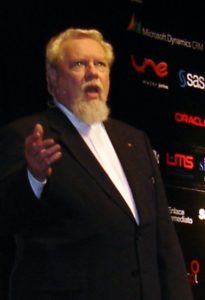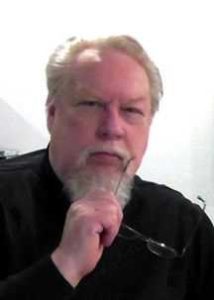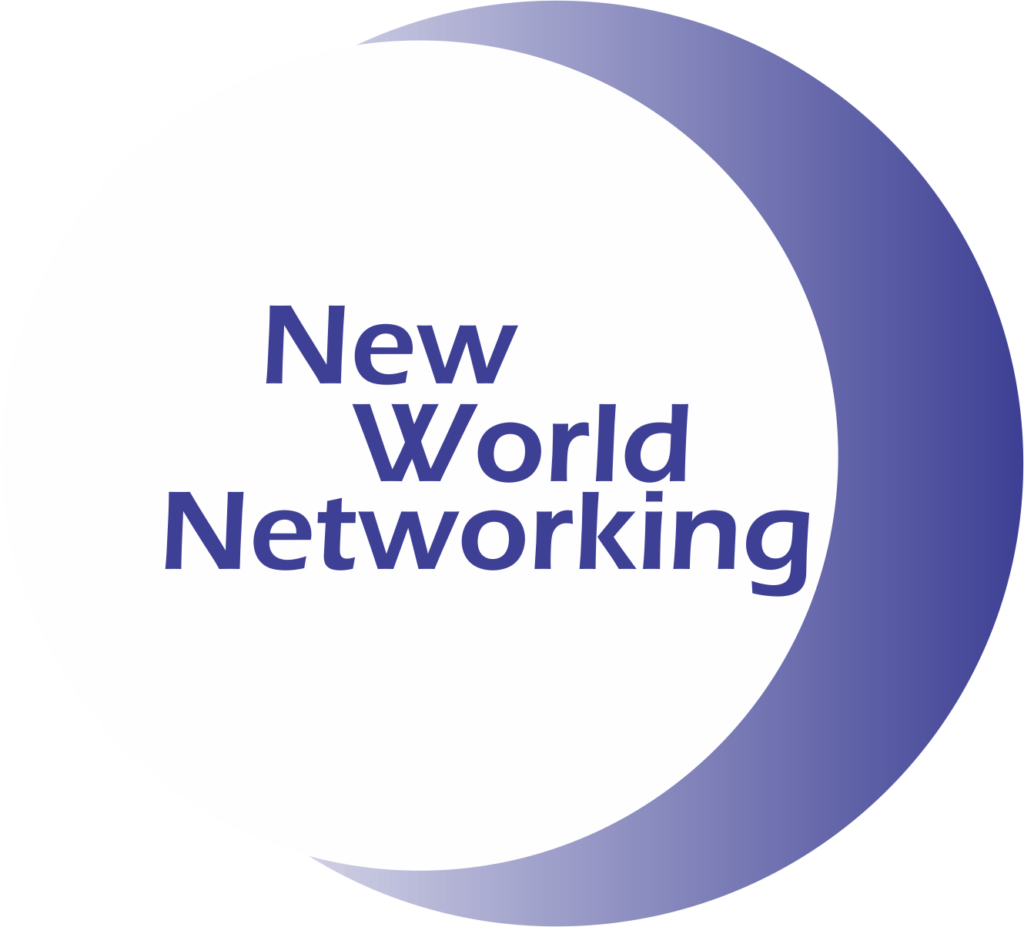 They didn’t have the game when I was a kid.
They didn’t have the game when I was a kid.
We got it for my daughter when she was in grade school. It is a counting game where you move from the bottom of the board to the top. Where you land determines your progress toward the goal. A Chute, like a playground slide takes you down while ladders take you up.
It is all about mindset.
Yours. Others. Whether we go along or not is dependent on the convictions in place both before and after individuals engage. Chutes are pre-engagement. Ladders are once we begin attempts to influence another.
Chutes, in the real world turn out to be positive or negative according to Robert Cialdini in his new book Pre-Suasion. His first book, published 20 years ago, (Influence) was about the six key “ladders” that marketers, advertisers and sales professionals use to convince and persuade.
A chute is my way to describe Pre-Suasion.
It occurs:
- Before you are in a position or situation to be sold.
- Before the discussion of features and benefits.
- Before the emotional appeals.
It happens when you or your prospect are in a frame of mind that will color your reaction to all the ladders. You are on the chute and what you feel, think and believe in that moment is predictably what will make the difference in your reaction.
This is behavioral psychology finally exploring the complexity of factors that control acceptance of advertising, marketing and sales techniques.
Too often we use a Ladder approach, stacking up all the features and benefits of going our way and at times yielding to the hard-won knowledge that decisions are emotionally, not logically based. Yet we fail because the chute our prospect was perched upon ran counter to our approach.
The power of setting the stage.
Shakespeare noted that “All the worlds a stage” Before you, as a player, utter a single line, consider the stage. Is it conducive to the outcome you hope to produce? If you can control them, how would you change the trappings? Could you change the speech that precedes yours? Is there a musical or sound note that could be injected to change an attitude? Is there a lighting or art effect that can change the mood?
30-Second Marketing TM, the technique I teach for self-introductions is a powerful example of how the elements revealed in Cialdini’s book set the stage.
Why 30-Second Marketing TM works.
- You wait until they ask, “What do you do?” that shows focus on you.
- You hook ‘em. You respond with something memorable like, “I’m a Networking Ninja.” That generates curiosity and puts them on a chute because they want to solve the mystery of the title.
- Next you hold ‘em with a statement like, “You know how you, like most people, are really uncomfortable introducing yourself…” A nod or other positive response will tell you that they are with you and that you have now personalized this conversation to them.
- Then you pitch ‘em. You say something like, “What we do is teach you how to have a conversation instead of doing a commercial. We help you mothball that elevator pitch and use a technique that is a shortcut to Trust that you can do in 30-Seconds or less.
- You close ‘em on a date and time to sit down in their office to work out the details of how you can work with each other. You set the stage.
______________________________________________________________________
 Jerry Fletcher, Networking Ninja, is a sought after International Speaker, beBee ambassador, founder and Grand Poobah of www.BrandBrainTrust.com
Jerry Fletcher, Networking Ninja, is a sought after International Speaker, beBee ambassador, founder and Grand Poobah of www.BrandBrainTrust.com
His consulting practice, founded in 1990, is known for Trust-based Brand development, Positioning and Business Development on and off-line.
Consulting: www.JerryFletcher.com
Speaking: www.NetworkingNinja.com
















